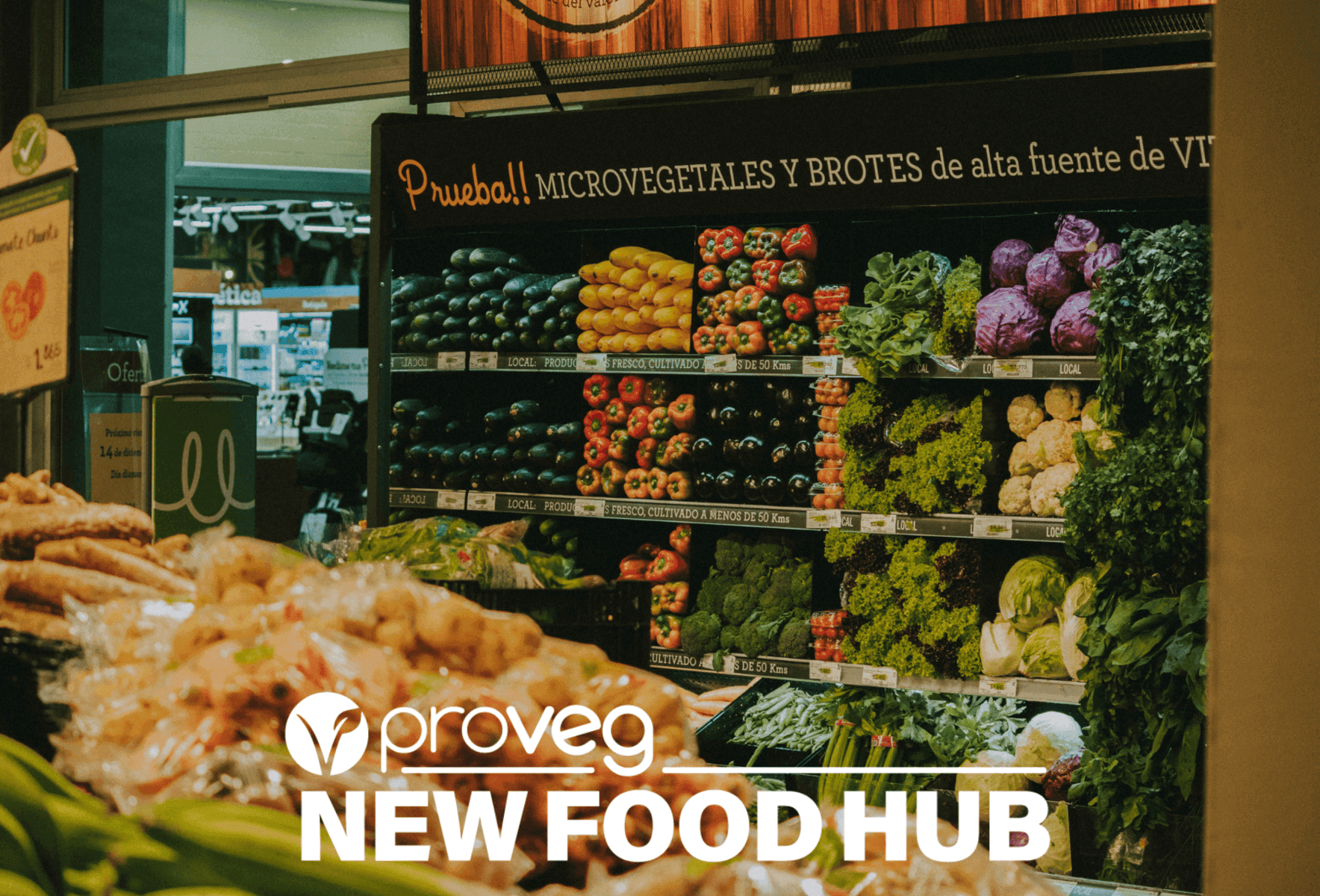Fresno County Agriculture Tops Nine Billion Dollars in 2024
Fresno County posted a record $9.03 billion in crop and livestock production for 2024, the first time any U.S. county exceeded nine billion dollars in agricultural sales. The surge, led by rising almond values that returned almonds to the top commodity spot, has major implications for local jobs, business activity, and policy decisions on water and labor.

The 2024 Fresno County Crop and Livestock Report, released November 10, 2025, showed a historic agricultural valuation of $9.03 billion for the county in 2024. That figure marked the first time a single U.S. county surpassed the nine billion dollar threshold, placing Fresno ahead of other high producing counties such as Kern and Tulare. Almonds regained the number one position in the county commodity rankings, displacing grapes, as higher almond prices materially increased total farm receipts.
At the top of the story are market dynamics and commodity shifts. Price appreciation in almonds drove much of the gain, and the report underscores how changes in commodity prices can quickly reconfigure county level rankings. Specialty crops also contributed to the record total, reflecting Fresno County's diverse production mix and its exposure to both broad commodity cycles and niche markets.
For local residents the record valuation matters in tangible ways. Agricultural earnings support wages for farm labor and revenue for local agricultural businesses that supply equipment, processing, packaging, transportation, and professional services. Strong farm receipts typically boost demand for housing, retail services, and local infrastructure in rural and urban parts of Fresno County. The report explicitly emphasized the economic role of farm labor and local agricultural firms in sustaining communities across the county.
The market implications extend beyond local incomes. Higher almond values reflect global demand patterns and supply constraints elsewhere, factors that can benefit orchard owners and processors while increasing volatility for labor dependent operations. A concentration of value in a few commodities can amplify exposure to price swings, weather events, trade disruptions, and input cost pressures. The return of almonds to the top spot highlights the need for risk management tools at the farm level and for firms in the supply chain.
Policy decisions will influence how this prosperity is sustained. Water allocation and management remain central in Fresno County agriculture and can determine whether high value crops are economically viable over time. Labor policy and access to a stable agricultural workforce are equally critical given the report emphasis on farm labor as an economic linchpin. County and state policymakers may face renewed pressure to invest in water infrastructure, workforce training, and logistics capacity to support ongoing agricultural success.
Long term trends to watch include continued premiumization toward specialty and tree crops, the interplay of price driven gains versus yield driven growth, and the resilience of rural economies that rely heavily on farm generated demand. The 2024 valuation is a milestone for Fresno County, but sustaining that level of agricultural economic activity will depend on market stability, prudent resource management, and policies that support both the farm workforce and the businesses that circulate agricultural dollars through local communities.


